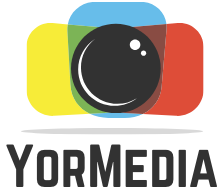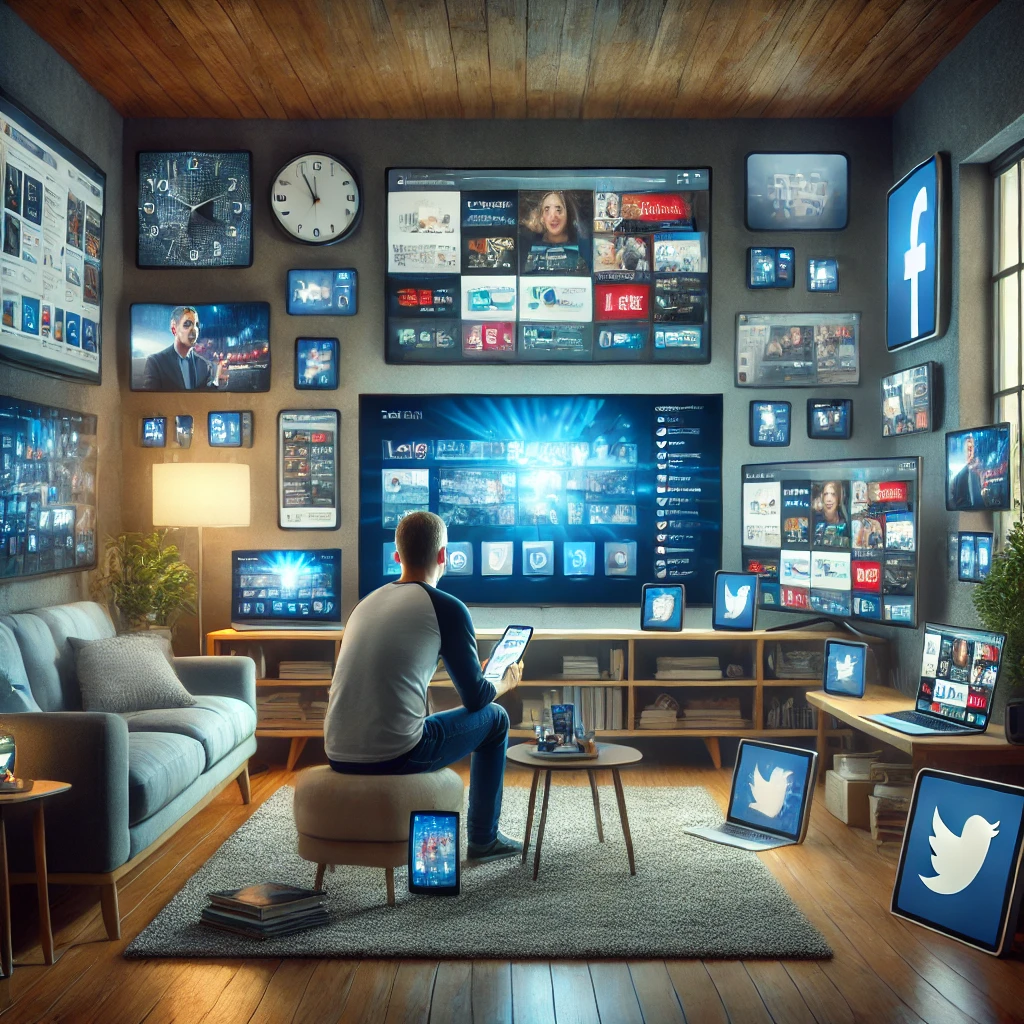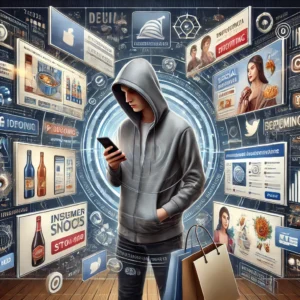Introduction: The Omnipresence of Media
Media is inextricably woven into the fabric of our daily lives. From waking moments to closing moments, it impacts our routines every step of the way. In the form of news broadcasts, social media, or streaming services, media has emerged as the eyeglasses that we use in order to observe and interact with the world around us. As such, pervasive influence makes for a powerful behavior driver in all matters of cultural, social, and individual behavioral patterns.
Informing and Educating: Media as a Knowledge Hub
At its core, media is a vehicle for information. News channels, online articles, and educational platforms provide us with the knowledge we need to navigate our lives. From breaking news to in-depth analyses, media keeps us informed about global events, scientific advancements, and societal trends. This informational role not only empowers individuals but also fosters an informed citizenry capable of making decisions with far-reaching implications.
Entertainment: A Primary Source of Leisure
Media is synonymous with entertainment, offering a diverse array of options to suit every taste. Streaming services, video games, podcasts, and music platforms provide an escape from the monotony of daily routines. These mediums deliver laughter, excitement, and solace, catering to our emotional and psychological well-being. In the digital age, the boundary between creator and consumer has blurred, making entertainment a participatory experience for many.
The Social Influence of Media on Communication
Social media platforms redefine the way of connecting and interacting. They bring real-time contact across geographic spaces, thereby providing relationships and the building of a community. These constant connections changed the social traditions. The trend of emojis, memes, and viral trends presents how media actually shapes the usage of language or influences interaction patterns. On one hand, although it is convenient, sometimes dependency on digital forms of communication causes a loss of depth in face-to-face interactions.
Media Influence on Public Opinion
Media holds the key to the molding of public opinion and discourse. By selective narration and framing, it draws attention to issues, determines priorities, and acts as a call to collective action. Social justice campaigns, environmental causes, and public health issues have all gained steam on media outlets. However, the influence of media can cut both ways; biased reporting and misinformation create a skewed view of reality and lead to polarized societies.
Psychological Effect of Media Exposure
Media consumption greatly impacts our mental and emotional well-being. The right content will inspire and motivate us, but the wrong one will cause anxiety and stress due to excessive coverage of negative news. Social media is full of perfection, creating unrealistic comparisons, which can harm self-esteem and body image. This is a crucial aspect in understanding the psychological effects that lead to healthier media habits and less damage from its effects.
The Future of Media’s Integration in Daily Life
As technology becomes more advanced, media will have a deeper grasp on our lives. Augmented reality, artificial intelligence, and immersive storytelling hold the promise to change the ways in which people consume content. Smart devices and personalized algorithms will determine how we continue to interact with media, hence making it more personalized. Yet, these breakthroughs also urge us to adopt responsible consumption habits and ethical best practices to help media be that positive force for good.
Media shapes our lives in deep ways, influencing the way we think, feel, and act. As its role continues to expand, it is our responsibility to engage with it thoughtfully and critically, ensuring it enriches rather than detracts from our human experience.



